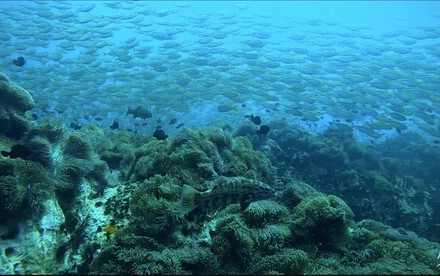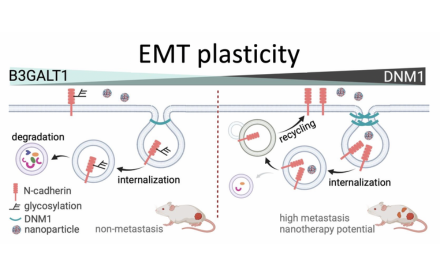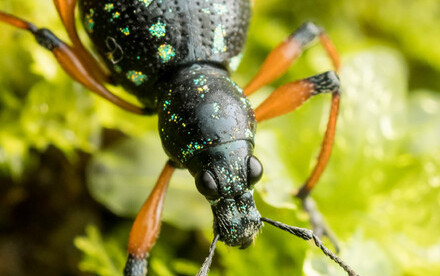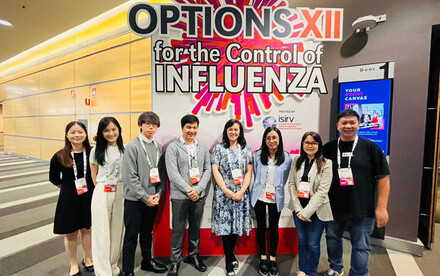26 Nov 2021
An innovative approach to revive lost coral havens
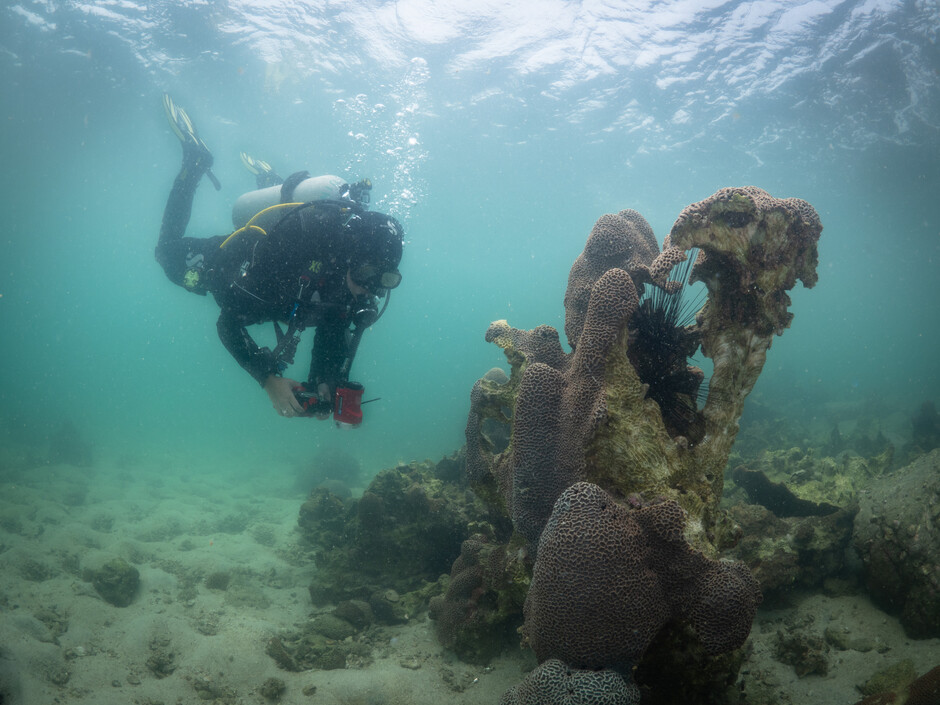
Vriko dived into the sea and placed the reef tiles on the sea floor with her own hands. Photo credit: GLOBAL SHAPERS HONG KONG - SUSTAINHK
The Co-founder & CEO of archiREEF PhD student of School of Biological Sciences
Vriko Yu
We have always been taught that habitat loss – a known threat to our planet and its biodiversity – occurs gradually over many years. PhD student Vriko YU used to share that belief but was alarmed to witness first-hand a patch of coral off Hoi Ha Wan Marine Park disappear in just two months. Coral reefs are the ‘tropical forests of the sea’, known for their rich biodiversity which provides a highly complex habitat to support whole ecosystems of fish, plants and invertebrates.
‘Books have always said it takes decades for us to destroy the reef,’ Vrkio recalls, ‘but in reality, it can just be gone in the blink of an eye. That is when I started to think about what we can do to mitigate the impacts of climate change.’
Vriko’s love for diving started in her undergraduate studies, where she likened the excitement of finding and identifying the many sea creatures to a game of Pokémon Go. ‘What I like about diving is that I don’t know what I would get to see, like catching Pokémon! Typically when we dive, we go to hotspots which are where corals are.’ This made her realise that in order to continue conserving what we like to see underwater or foods we like to eat, first we need to rebuild the corals. ‘They are the foundation,’ she emphasises. This drive to protect coral reefs led Vriko to start her own social enterprise, archiREEF – an environmental social enterprise offering a one-stop solution for impact changers at corporation or government levels, or even individuals that want to be involved in making a difference.
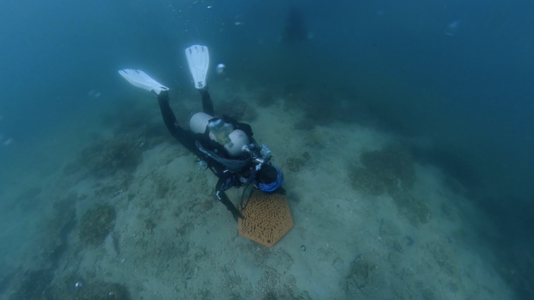 | ||
The research project is a big success. Virko’s team revisited the site lately and saw lots of marine life around the tiles – one of the cuttlefish moms even laid eggs under the tiles! | Vriko dived into the sea and placed the reef tiles on the sea floor with her own hands. Photo credit: Victor Lau | Vriko’s love for diving started in her undergraduate studies, where she likened the excitement of finding and identifying the many sea creatures to a game of Pokémon Go. ‘ |
Seamlessly blending manmade supports into nature
Vriko explains that traditional reef restoration uses more primitive materials like metal or concrete as a substrate for the coral, which does not mimic the natural environment well. To provide a better alternative, Vriko worked on producing 3D-printed reef tiles as part of her PhD research project at HKU, supervised by Dr David BAKER, Associate Professor at School of Biological Sciences. The reef tiles that mimic the surface of brain corals have seen much success.
They yielded a four times higher survivorship of local ‘super-corals’ – the nickname given to corals capable of growing in the harsh Hong Kong waters – as well as boasted significantly more commercial fishes and a higher biodiversity of coral-associated invertebrates on-site. Most excitingly, Vriko and her team even witnessed an apex predator making its home and laying eggs in the restored coral habitat. ‘The first time I saw the female cuttlefish, it was really exciting! She was huge and looked like a spaceship, but suddenly she flattened herself to catch a prey. The second time we saw her, we thought she was sleeping but when we got closer, we realised she was laying eggs under the tiles!’
Vriko reiterates the ultimate goal of restoration is to bring entire ecosystems back to their healthy states. This one charismatic cuttlefish residing and completing her life cycle in the reef tiles is a symbol of hope that coral reefs can be restored, along with their lost biodiversity recovered.
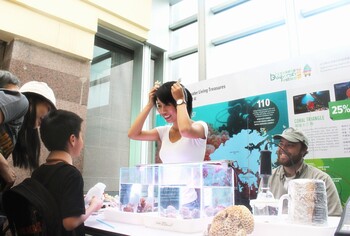
Growing into the international arena
To further promote coral reef conservation in the region, Vriko is currently serving as a non-official member on the Country and Marine Parks Board of The Government of HKSAR, as well as the Education Committee for WWF, where she shares her expertise on conservation with other stakeholders.
Yet, the protection of coastal reefs is a concern not only locally. Neighbouring regions also have sought Hong Kong’s support in this aspect. Vriko, who additionally serves as the Assistant Director and Eco Diver Instructor for Reef Check Hong Kong (RCHK), provides the necessary training alongside other volunteer instructors to ensure that their international counterparts too, are better equipped with knowledge on reefs and how to monitor their status.
For those of you who wish to follow in Vriko’s footsteps with a postgraduate degree, Vriko is very satisfied with the support that HKU provides PhD students such as herself.
‘I have to thank my supervisor, Dr David BAKER, for giving me the flexibility to decide what I wanted to do. It is not usual for students to have the autonomy to decide what they want to pursue, and have a supervisor fully supportive of them.’ With the additional help of travel grants, she was given opportunities to attend overseas conferences, gaining invaluable experiences outside of Hong Kong. One piece of advice she hopes all students can take is to be proactive. ‘In HKU, anything is accessible if you are willing to be proactive to ask. There are always channels to help!’ (Article by Kengie TANG)


